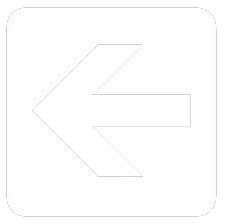 |
Previous page: Selecting the dialled number |
|
Talk is cheap -but it has to be billed
Strowger exchanges keep track of each subscribers bill using a meter.
The exchange we have looked at here is called a Non-Director Strowger exchange as was common in towns. Large cities such as London, Manchester, Liverpool, Birmingham, Glasgow & Edinburgh used an additional piece of equipment called a Director which performed routing translation on the dialled number before stepping the two motion selectors.
In villages small compact Strowger exchanges were used called Unit Automatic eXchanges (UAX). These used similar principles to the Non-Director type but were built in a modular fashion from small racks (units) which were a small self contained exchange (line circuits and selectors on one rack), but which could be expanded with additional units to increase capacity easily and cheaply.
UAXs came in several different sorts depending on age and ultimate capacity. The first standard sort was known as the UAX No.5 (originally called a Rural Automatic eXchange). Introduced in 1929. It was a 2 digit exchange, catering for upto 100 lines including the junctions to the parent exchange. Each unit had 4 selectors and 25 lines. Automatic connection was possible only for own-exchange calls. For calls to other exchanges you would dial 01 and be connected to the operator at the parent exchange.
|
|
